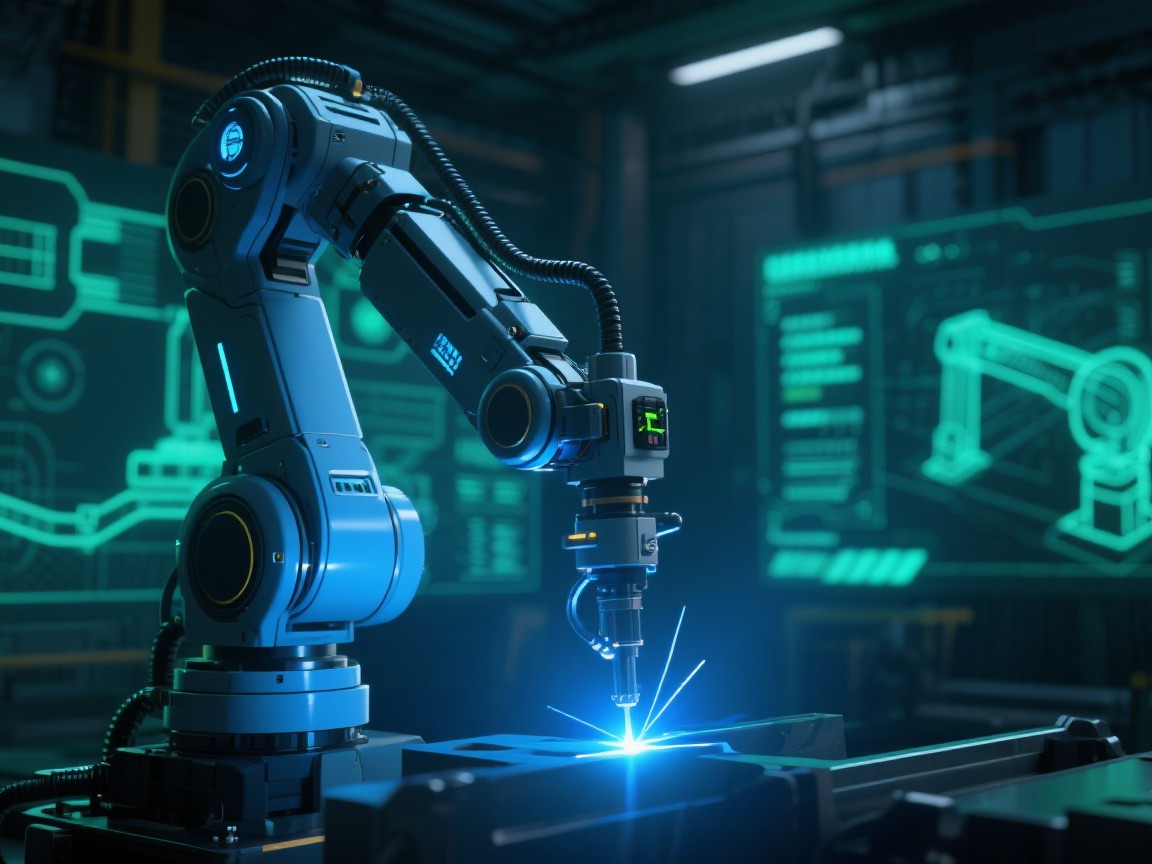 Industry News
Industry News Industrial Manufacturing: AI-Driven Upgrade of Smart Manufacturing
Industrial Manufacturing: AI-Driven Upgrade of Smart Manufacturing
2025-08-27
2025-05-13
2025-05-19
2025-06-03
2025-06-20
2025-07-01
 Current Affairs
Current AffairsQ1: What is an air-cooled dry vacuum pump and why is it popular?
An air-cooled dry vacuum pump is a type of industrial pump that removes gases or vapors from a sealed environment without using oil or water as a sealing or cooling medium. This makes it more environmentally friendly and suitable for applications where contamination must be avoided.
Its popularity is driven by three main reasons:
Q2: How does it work with other vacuum systems like Roots pumps?
An air-cooled dry vacuum pump often pairs well with a DRP hydraulic coupling Roots pump. The air-cooled pump handles the initial stage of gas removal, while the Roots pump, which is driven by a hydraulic coupling, delivers higher pumping speeds at low pressures.
The DRP hydraulic coupling Roots pump is specially designed for smooth acceleration, reduced mechanical shock, and protection against overloads — making it highly durable even in long-term operation.
Q3: Can these pumps be used for solvent handling or recovery?
Yes, especially when used as part of a Vacuum Solvent Recovery System for Screw Pumps. These systems enable industrial users to recover expensive solvents, reduce emissions, and meet safety/environmental regulations.
For example, in a chemical or pharmaceutical plant, the pump and solvent recovery system work together to control vapor emissions and recycle up to 90% of valuable solvents.
Q4: What real-world advantages does this pump pairing bring?
Here’s what you get when combining these technologies:
Q5: How to choose the right model or setup?
It depends on your process needs: flow rate, working pressure, gas composition, and whether solvent recovery is required. Consulting with a supplier for a custom skid system that includes all three components is common, especially when high uptime and regulatory compliance are priorities.
Disclaimer: This website respects intellectual property rights. If any infringement is found, please contact this website in a timely manner for handling.